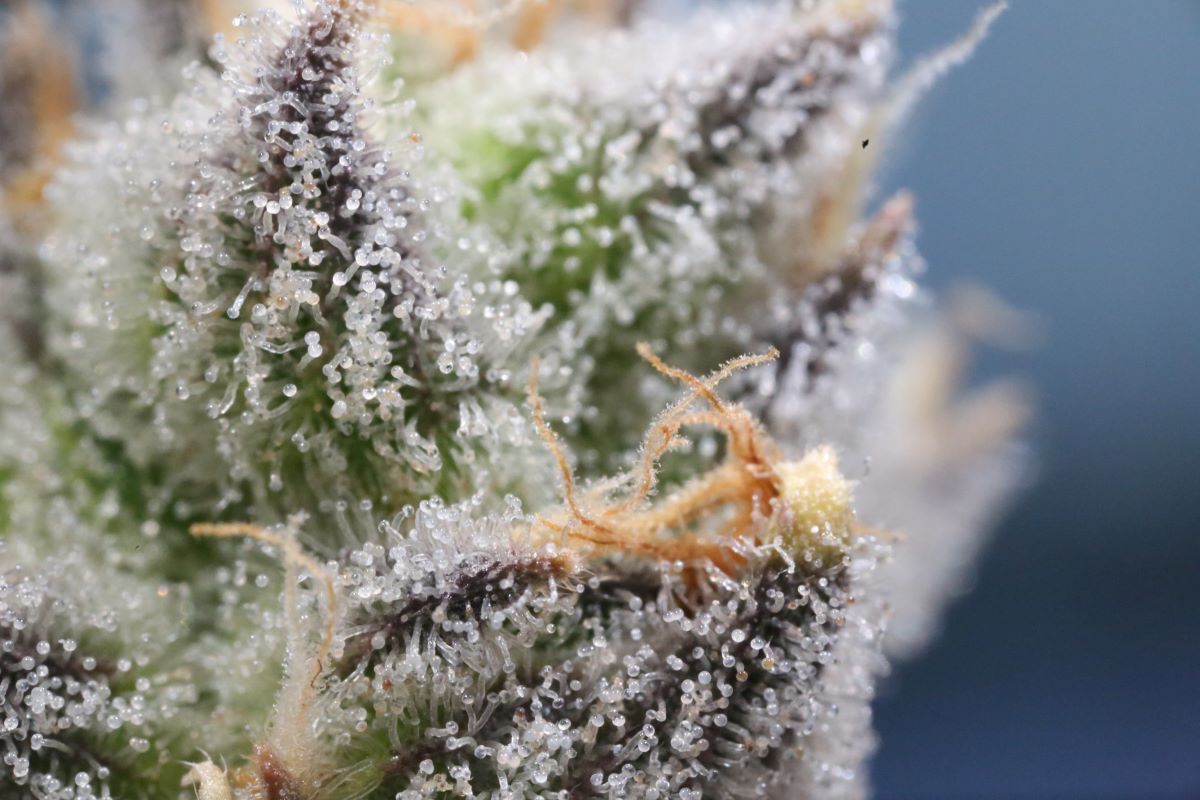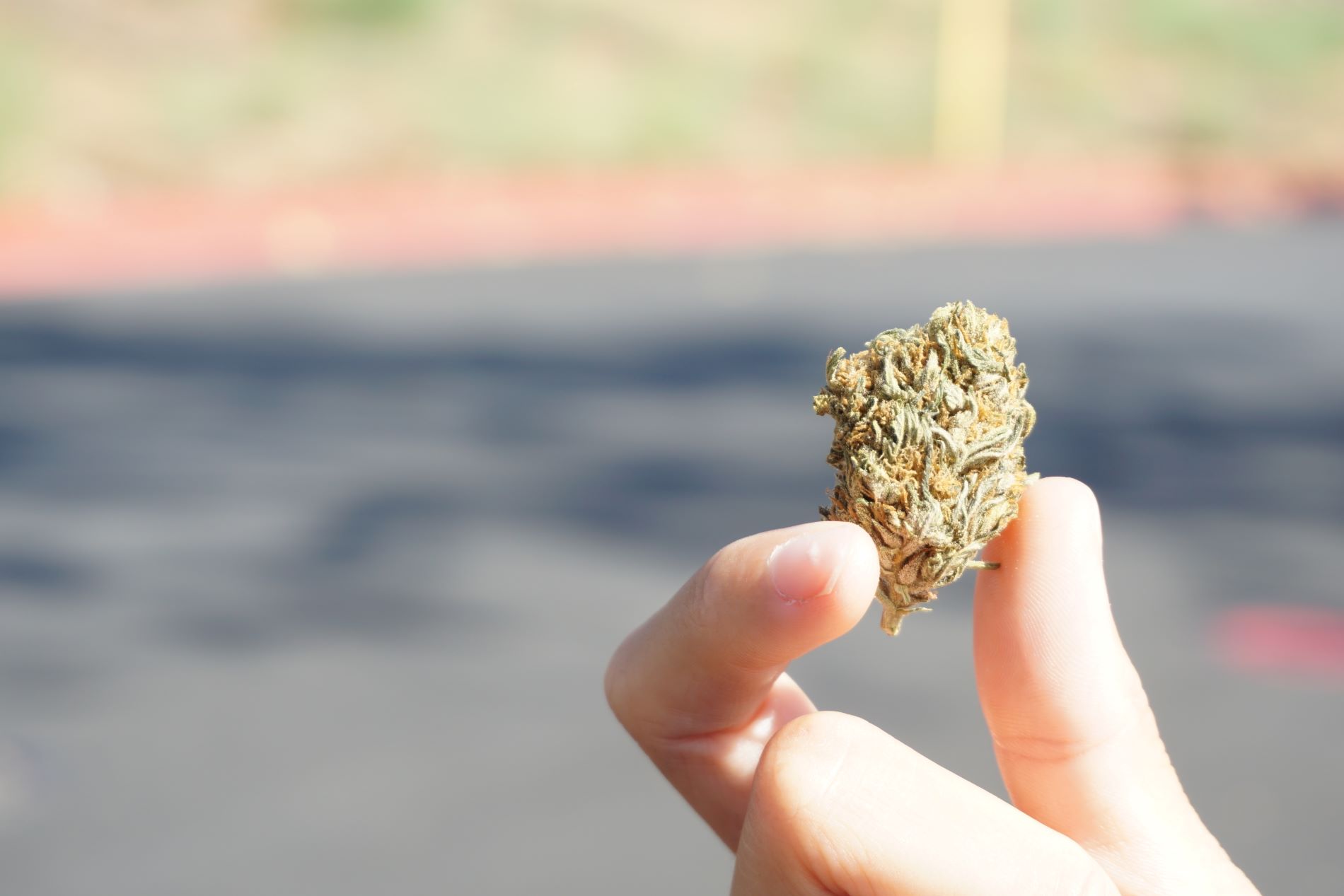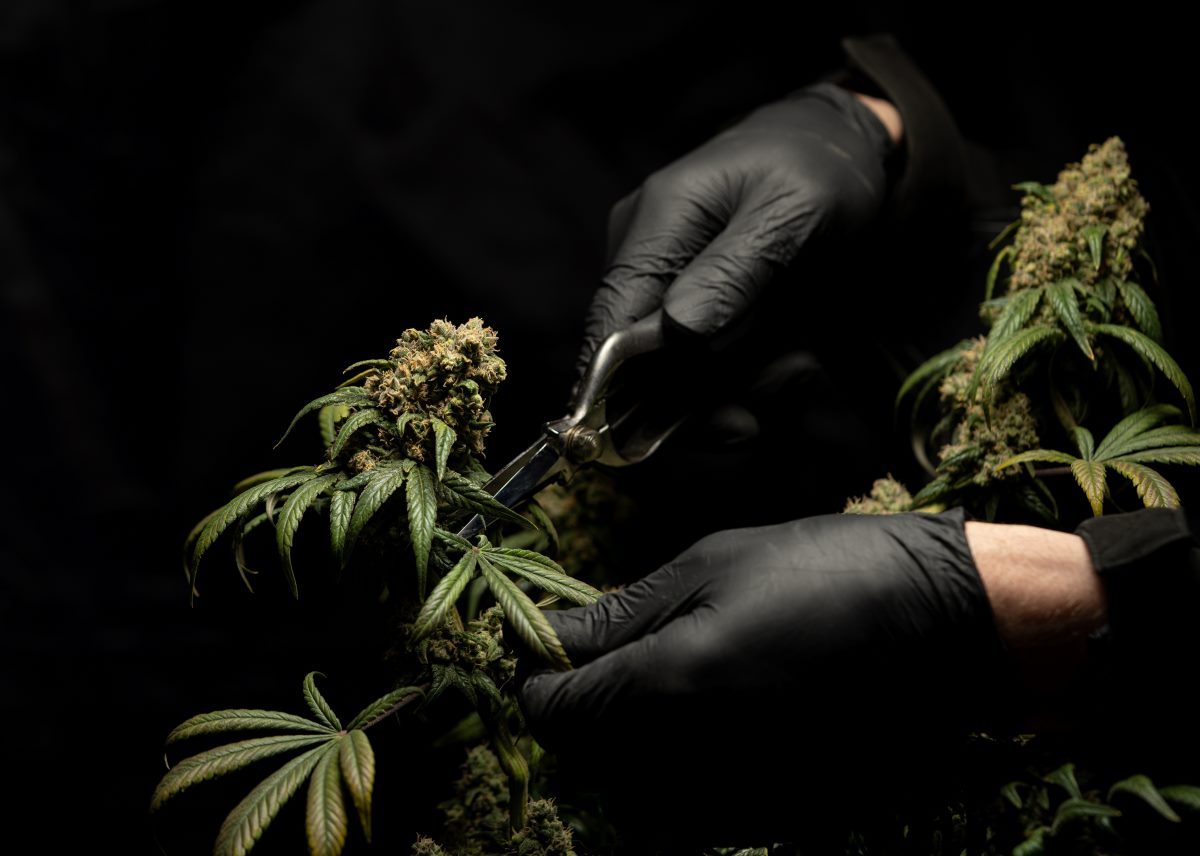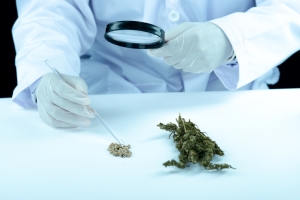Different Types of Cannabis Extraction Methods
With the increasing legalization of cannabis globally, the demand for cannabis products has risen, leading to the development of various cannabis extraction methods.
These extraction methods involve removing the cannabinoids and terpenes from the plant material and turning them into a concentrated form that can be used in different ways. There are three main categories of extraction methods: solvent-based, solventless, and terpenes.
This article will explore the different ways to extract cannabis and their advantages and disadvantages.
Solvent-based Extraction Methods
Solvent-based extraction methods involve using a solvent to extract the active compounds from the cannabis plant material. The solvent dissolves the cannabinoids and terpenes from the plant, creating a concentrated oil or wax. The solvent is then evaporated, leaving behind the concentrated cannabis extract.

Examples Of Solvent-based Extraction Methods
As we have already told solvent-based extraction is a popular method for extracting various compounds from natural materials such as plants. Here are some examples of solvent-based extraction methods:
Hydrocarbon Extraction
Hydrocarbon extraction involves using hydrocarbons such as butane or propane to extract the cannabinoids and terpenes from the cannabis plant. This method is efficient and can produce high yields of concentrated cannabis extract. However, it can also be dangerous as highly flammable hydrocarbons can lead to explosions if not handled properly.
Ethanol Extraction
Ethanol extraction involves using ethanol to extract the cannabinoids and terpenes from the cannabis plant. This method is safer than hydrocarbon extraction but can also be less efficient as ethanol can extract unwanted plant material and chlorophyll, affecting the final product’s flavor and quality.
CO2 Extraction
CO2 extraction involves using pressurized carbon dioxide to extract the cannabinoids and terpenes from the cannabis plant. This method is considered the most efficient and safe solvent-based extraction method, as CO2 is non-toxic and non-flammable. CO2 extraction can produce high yields of high-quality cannabis extract but can also be expensive as it requires specialized equipment.
Solventless Extraction Methods
What is Solventless Extraction
Solventless extraction methods involve extracting active compounds from the cannabis plant without solvents. These methods are considered safer and produce higher-quality cannabis extracts as they do not introduce any impurities from the solvents used in solvent-based cannabis oil extraction methods.
Types Of Solventless Extraction Methods
Rosin Press
The Rosin Press is a relatively new method of cannabis extraction that involves using heat and pressure to extract the cannabinoids and terpenes from the cannabis plant material. The cannabis plant material is placed between two heated metal plates, and pressure is applied, causing the active compounds to melt and stick to a collection surface. The Rosin Press is easy to use, does not require any solvents, and can produce high-quality cannabis extract.
Ice Water Hash
Ice water hash, or bubble hash, involves using ice water to separate the trichomes, which contain the cannabinoids and terpenes, from the cannabis plant material. The cannabis plant material is agitated in ice water, causing the trichomes to separate and sink to the bottom.
Dry Sift
Dry sift involves using a sieve or screen to separate the trichomes, which contain the cannabinoids and terpenes, from the cannabis plant material. The cannabis plant material is agitated on the screen, causing the trichomes to separate and fall through the screen. The trichomes are then collected and dried, producing high-quality cannabis extract.

Terpene Extraction Methods
Terpenes are a type of organic compound that is responsible for the unique aroma and flavor of cannabis. These compounds also have various therapeutic properties, such as anti-inflammatory, analgesic, and anxiolytic effects. Terpene extraction methods isolate and concentrate these compounds from the plant.
Benefits Of Terpene Extraction
There are several benefits to extracting terpenes from cannabis. One of the main benefits is that terpenes can enhance the therapeutic effects of cannabinoids, such as THC and CBD. Terpenes also synergize with other cannabis compounds, which can lead to a more potent and effective product.
Meanwhile, it’s crucial to keep track of the THC CBD ratios of any cannabis products you consume.
Types of Terpene Extraction Methods
There are several different terpene extraction methods, each with unique benefits and drawbacks.
Some of the most common terpene extraction methods include:
Steam Distillation
Steam distillation is a popular terpene extraction method that uses steam to extract terpenes from the plant. The steam is then passed through the plant material, which causes the terpenes to evaporate. The steam is then cooled, which causes the terpenes to condense and separate from the water.
Hydrodistillation
Hydrodistillation is a process similar to steam distillation, but water is used to extract the terpenes from the plant material instead of using steam. The plant material is placed in a distillation flask, and water is added. The mixture is then heated, which causes the terpenes to evaporate and separate from the water.
Expression
Expression is a terpene extraction method involving the plant material’s mechanical pressing to release the terpenes. This method is commonly used for citrus fruits but can also be used for cannabis. The plant material is placed in a press, and pressure is applied to release the terpenes.

Comparison Of Extraction Methods
The choice of the cannabis extraction method depends on the desired end product and available resources.
Terpene extraction is an excellent method for producing flavorful and aromatic terpenes. However, this method only extracts terpenes, not other desirable compounds such as cannabinoids. Therefore, it is usually combined with other cannabis oil extraction methods to produce a full-spectrum product.
Solvent-based extraction is the most common method and can produce various types of concentrates. This method can remove undesirable compounds, such as chlorophyll, which can affect the taste and quality of the final product. Therefore, it is essential to use high-quality solvents and cannabis extraction equipment to ensure a safe and high-quality extraction.
Solventless extraction is a safe and natural method that produces high-quality concentrates without using solvents. It produces high-quality concentrates without the use of harmful solvents. However, it can be time-consuming and requires a significant amount of plant material to produce a small amount of concentrate.
Contact us to learn more about the cannabis benefits and medical marijuana card process.
Conclusion
Each of these methods has its unique benefits and drawbacks. The choice of method depends on various factors, such as the type of plant material, the desired yield, and the available cannabis extraction equipment.
Regardless of the method chosen, it is essential to prioritize safety and quality to produce the best possible end product.






